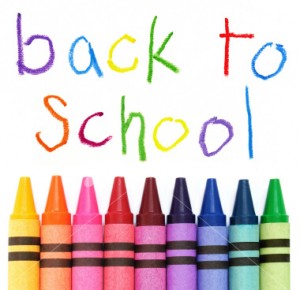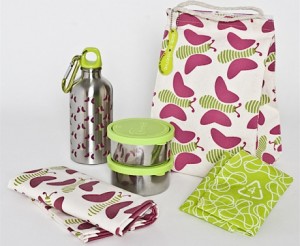I can’t believe we’re in ‘Back to School’ season already. In the Pacific NW, summer started, like yesterday. It was a loooooong rainy winter and I’m not sure spring even showed up this year.
The Center for Health, Environment and Justice has just released their Back to School Guide for PVC Free School Supplies. Remember, PVC is the “poison plastic” and one you should avoid as much as possible because of the nasty chemicals it leaches.
This comprehensive 17 page guide lists everything from art supplies to backpacks to binders to dry erase markers and paperclips (colored paper clips are coated with PVC). Everything you could possibly need for school is on this list. Print it out and take it with you to the store. If you want the condensed version, print out the wallet size version.
A great place to start your shopping is Stubby Pencil Studio. The owner and mama, Kate, finds non-toxic school supplies for all ages.
My kids aren’t yet of the age where I need to purchase “school supplies” but many of the the items on the list we still use in our home office or for home craft projects so I’ll be referencing it frequently. You’ll be surprised at how many things you use on a regular basis that have PVC. The good news is that there ARE alternatives!
What PVC free school supplies will you be buying this year?



